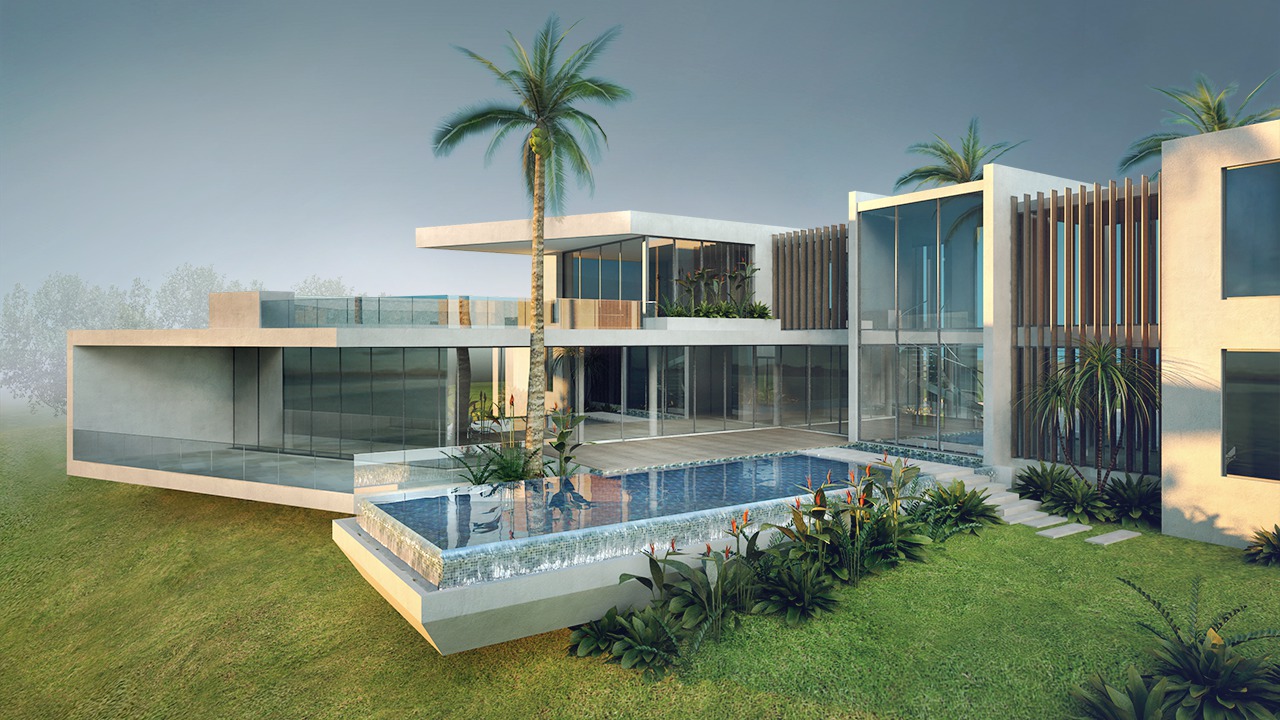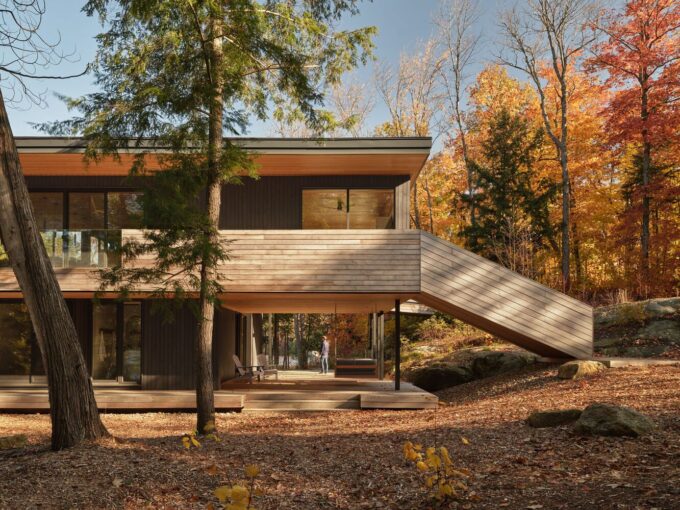- Home
- Articles
- Architectural Portfolio
- Architectral Presentation
- Inspirational Stories
- Architecture News
- Visualization
- BIM Industry
- Facade Design
- Parametric Design
- Career
- Landscape Architecture
- Construction
- Artificial Intelligence
- Sketching
- Design Softwares
- Diagrams
- Writing
- Architectural Tips
- Sustainability
- Courses
- Concept
- Technology
- History & Heritage
- Future of Architecture
- Guides & How-To
- Art & Culture
- Projects
- Interior Design
- Competitions
- Jobs
- Store
- Tools
- More
- Home
- Articles
- Architectural Portfolio
- Architectral Presentation
- Inspirational Stories
- Architecture News
- Visualization
- BIM Industry
- Facade Design
- Parametric Design
- Career
- Landscape Architecture
- Construction
- Artificial Intelligence
- Sketching
- Design Softwares
- Diagrams
- Writing
- Architectural Tips
- Sustainability
- Courses
- Concept
- Technology
- History & Heritage
- Future of Architecture
- Guides & How-To
- Art & Culture
- Projects
- Interior Design
- Competitions
- Jobs
- Store
- Tools
- More
5 Famous Architects and Their Works
The famous architects mentioned in our article and who have inspired us all with their significant success in their careers are Tadao Ando, Peter Zumthor, Renzo Piano, Rem Koolhas and Shigeru Ban. Let's talk about these wonderful architects who have received awards and unique works all over the world and their lives!

As architects and architecture students, we are all inspired by the lives and magnificent works of world-renowned architects. In this article, we talked about 5 of our favorite architects and their works. The famous architects mentioned in our article and who have inspired us all with their significant success in their careers are Tadao Ando, Peter Zumthor, Renzo Piano, Rem Koolhas and Shigeru Ban. Let’s talk about these wonderful architects who have received awards and unique works all over the world and their lives!
Table of Contents
ToggleTadao Ando

Tadao Ando was born in the Japanese city of Osaka. He is a leading contemporary architect in Japan. He is most renowned for his simple concrete structures. Ando worked as a professional boxer before becoming a self-taught architect and opening his own business in Osaka in 1969. In the 1970s and 1980s, he completed a number of largely small-scale, frequently residential structures in Japan, including the Azuma House in Osaka and the Koshino House in Ashiya. He used highly detailed reinforced concrete walls in these early orders, a form that gave his buildings a vast austere exterior and quiet meditative inner spaces.
These works set the aesthetic that Ando would use for the rest of his career: profoundly Modernist, drawing on Le Corbusier’s experimentation with concrete, his work is also based in the spirituality of Japanese architectural space. Ando’s structures were frequently in sync with their natural surroundings, making dramatic use of natural light. A cruciform shape is cut out of the concrete wall behind the altar in his Church of Light 1990 in the Osaka suburb of Ibaraki, for example, and when daylight hits the exterior of this wall, a cross of light is generated within the interior.

Peter Zumthor

Peter Zumthor was born in the Swiss city of Basel. Swiss architect noted for his simple, austere structures considered as timeless and romantic. These traits were recognized when he received the Pritzker Architecture Prize in 2009. He attended the Kunstgewerbeschule, Vorkurs, and Fachklasse before going on to study design at the Pratt Institute in New York.
The Kunsthaus Bregenz, a shimmering glass and concrete cube overlooking Lake Constance (Bodensee) in Austria; Therme Vals the cave-like thermal baths in Vals, Switzerland; the Swiss Pavilion for Expo 2000 in Hannover, an all-timber structure intended to be recycled after the event; the Kolumba Diocesan Museum in Cologne; and the Bruder Klaus Field Chapel, on a farm near Wachendorf, are among his most well-known projects.

Zumthor wrote a philosophy of architecture in his book Thinking Architecture, which was initially published by Birkhauser in 1998.
His perspective is similar to these: architecture is neither a vehicle or a symbol for things that are not part of its essence. In a society that celebrates the inessential, architecture can stand up to the waste of forms and ideas by speaking its own language.

Renzo Piano
Renzo Piano appearance in Italy in 1937. Construction is a contracting model. In 1971, he established the Piano & Rogers partnership and designed the Center Georges Pompidou project in Paris with Richard Rogers. Renzo Piano is the recipient of numerous honors, including the RIBA Gold Medal, Neutra Prize, Premium Imperiale, Erasmus Prize, Pritzker Architecture Prize.

Apart from Center Georges Pompidou, Academy Museum of Motion, Centro Botin, Menil Collection Museum, S.Nicola Stadium Columus International Exhibition: Aquarium Congress and Lingotta Hall and Concert Hall are his most well-known and awarded projects.


Rem Koolhas
Remment Lucas Koolhaas was born in 1944 in Rotterdam, Netherlands. He is a Dutch architect and architectural theorist. He also teaches at Harvard University. Rem Koolhaas started his education at the Dutch Film and Television Academy, continued at the Architecture Foundation Faculty of Architecture in London and Cornell University in Ithaca, New York.

He is the manager of OMA company located in Rotterdam, Netherlands. Rem Koolhaas, who won the Pritzker Architecture Prize in 2000, was named among the 100 people who most influenced the course of the world by Time magazine in 2008 His most popular works includes Garage Museum of Contemporary Art in Moscow, the Axel Springer Campus in Berlin, Fondation Galeries Lafayette in Paris, Fondazione Prada in Milan, the Qatar National Library and the Qatar Foundation Headquarters..

Shigeru Ban

Shigeru Ban is a Japanese architect born in 1957. He is famous for his style of using recycled corrugated cardboard tubes as a building material. Their structures were generally built in earthquake-damaged areas. He has been described by Time magazine as one of the pioneers of the architecture and design world in the 21st century. He designs from recycled ecological paper materials for rapid construction in earthquake and natural disaster areas. Shigeru Ban architecture seeks durable and innovative solutions. Her most famous works may be Asper Art Museum, Paper Log Houses, Paper Church, Paper Emergency Shelters for UNHCR and Paper Log Houses.

- 5 Famous Architects and Their Works
- architectural achievements
- architectural innovations
- Architectural Styles
- architectural works
- best architects
- celebrated architects
- Famous Architects
- Famous Architects and Their Works
- famous architectural buildings
- famous architectural designs
- Famous Architecture Buildings
- Famous Architecture Designs
- historic architecture
- influential architects
- landmark architecture
- Modern Architecture
- Peter Zumthor
- Pritzker Prize winners
- Rem Koolhas
- renowned architects
- Renzo Piano
- Shigeru Ban
- Tadao Ando
- world-famous architects
Submit your architectural projects
Follow these steps for submission your project. Submission FormLatest Posts
The Ultimate Guide to Fencing in North Dakota: Choosing the Best Fence for Your Property
Watching a chain link fence twist in 70 mph winds near Minot...
Gaudí: Where Architecture Meets Science
Gaudí: Where Architecture Meets Science shows catenary arches, ruled surfaces, and biomimicry...
How Housing Market Forces Shape Architectural Design Today
Architecture never exists in isolation. Buildings rise from a mix of ambition,...
Why Portable Formaldehyde Gas Detectors Matter on Construction Sites
As construction practices shift toward more enclosed and material-intensive environments, the risk...












Leave a comment